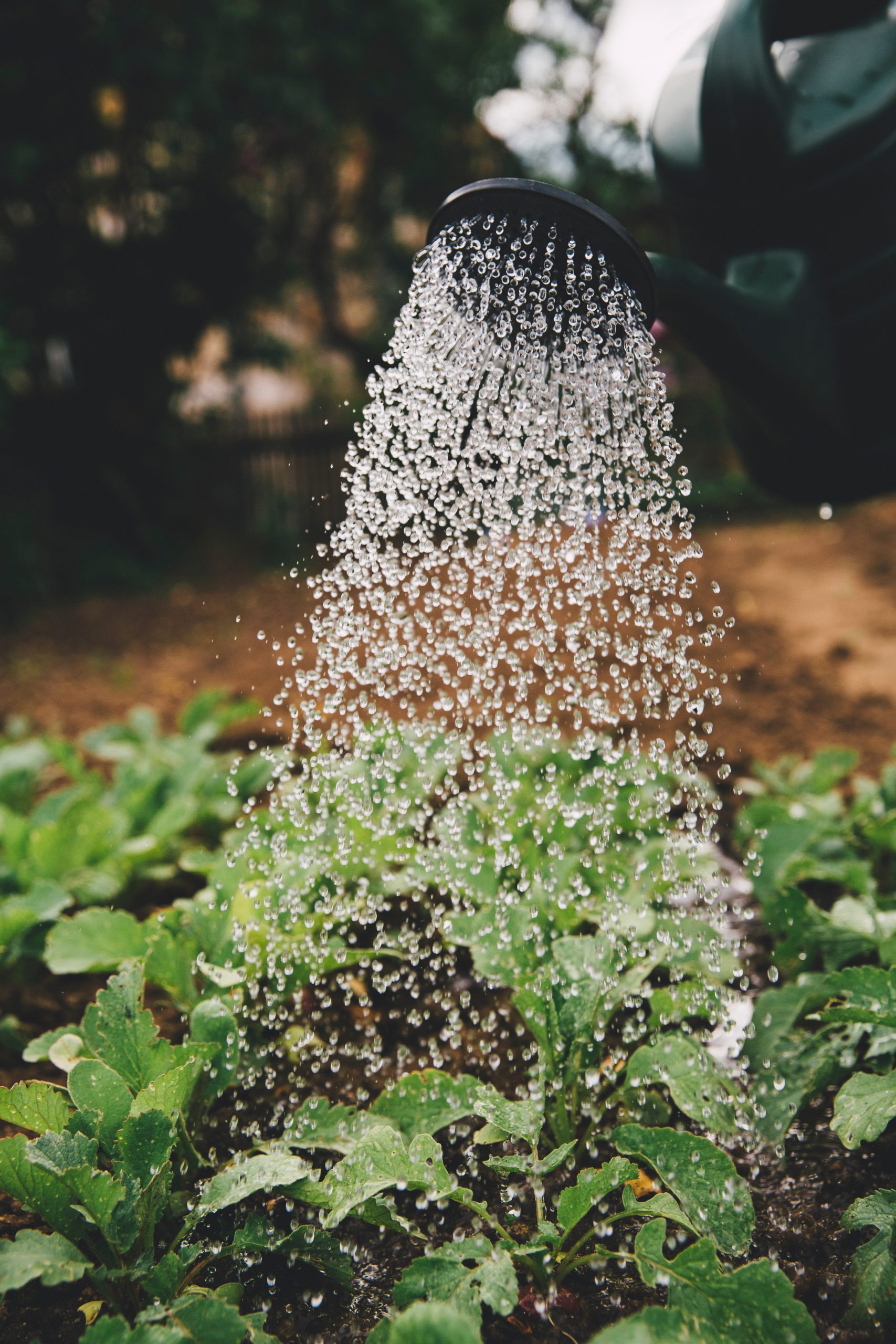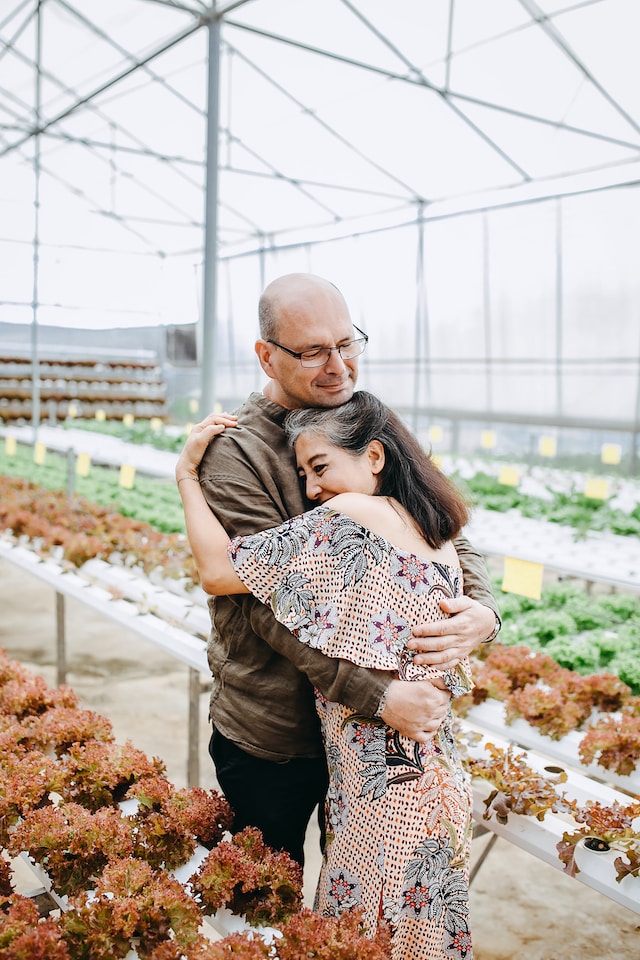Introduction
Grocery shopping can be overwhelming, especially when you’re trying to find safe and healthy foods for yourself and your family. With so many options available in the grocery store, it’s easy to feel lost or confused about what products to choose. Fortunately, there are some simple tips that can help you navigate the grocery store with ease and confidence. In this blog post, we’ll explore the top strategies for finding safe foods and making informed decisions about what goes into your shopping cart. From learning about the Dirty Dozen list to understanding organic labeling, these tips will help ensure that your next trip to the grocery store is a success!
Tips for Navigating the Grocery Store
Navigating the grocery store can be overwhelming, but with a few simple tips, it doesn’t have to be. Firstly, always make sure to come prepared with a shopping list that includes all of the items you need for your meals and snacks. This will help you avoid impulse buys and stay on track.
When walking through the aisles, take note of the placement of certain foods. Generally speaking, healthier options such as fresh produce and lean meats are located around the outside perimeter of the store while processed foods tend to be in the middle aisles.
Reading ingredient labels is also crucial when looking for safe foods. Be wary of added sugars and artificial ingredients which can be hidden in many packaged products.
Additionally, taking advantage of store resources such as health food sections or knowledgeable staff members can provide helpful guidance when making food choices.
Remembering these tips while navigating any grocery store will enable you to find safe and healthy options without feeling overwhelmed by endless choices.
The Dirty Dozen
Have you heard of the Dirty Dozen? It’s not a group of outlaws, but rather a list of fruits and vegetables that are known to have higher levels of pesticide residue. This means that if you’re looking to reduce your exposure to harmful chemicals, it might be worth considering buying these organic.
The Dirty Dozen is updated annually by the Environmental Working Group (EWG) based on testing done by the USDA and FDA. For 2021, the list includes strawberries, spinach, kale, nectarines, apples, grapes, peaches, cherries tomatoes bell peppers potatoes and hot peppers.
It’s important to note that just because a fruit or vegetable isn’t on this list doesn’t mean it’s free from pesticides. However it does mean that these particular items tend to have higher levels than others.
While buying organic can be more expensive than conventional produce but there are ways to make it easier on your wallet. Look for sales at your local grocery store or consider joining a community supported agriculture (CSA) program where you pay in advance for regular deliveries of fresh produce directly from farmers.
In short: The Dirty Dozen is an annual list compiled by EWG highlighting fruits and vegetables with higher levels of pesticide residue. Buying organic can help reduce exposure but may come with additional cost considerations
What About Organics?
When it comes to buying food, many people opt for organic products. Organic products are grown and processed without the use of synthetic fertilizers or pesticides. But are they really safer than conventionally grown foods?
Organic farming practices may reduce exposure to harmful chemicals, but that doesn’t necessarily mean they are completely safe. For example, organic produce can still be contaminated with bacteria like E.coli or salmonella.
However, studies have shown that organically grown fruits and vegetables tend to have higher levels of nutrients such as vitamin C and antioxidants compared to conventionally grown crops.
When it comes to meat and dairy products, choosing organic can also be a good option since animals raised on organic farms aren’t given antibiotics or growth hormones.
It’s important to note though that just because something is labeled “organic” doesn’t automatically make it healthy. Organic cookies or chips may still contain high amounts of sugar or unhealthy fats.
Ultimately, whether you choose conventional or organic largely depends on your personal values and beliefs about food production. It’s important to do your own research and determine what works best for you and your family when navigating the grocery store aisles.
Conclusion
Navigating the grocery store can be overwhelming, but it is important to prioritize our health by choosing safe foods. With these tips in mind, you can confidently make choices that will benefit your well-being and reduce your exposure to harmful chemicals.
Remember to always check labels for ingredients and certifications, opt for fresh produce when possible, and consider buying from local farmers or joining a CSA program. By taking small steps towards safer food choices, we can protect ourselves and our families while supporting sustainable agriculture practices.
Let’s all take charge of our grocery shopping experience and make informed decisions that promote health and sustainability!









